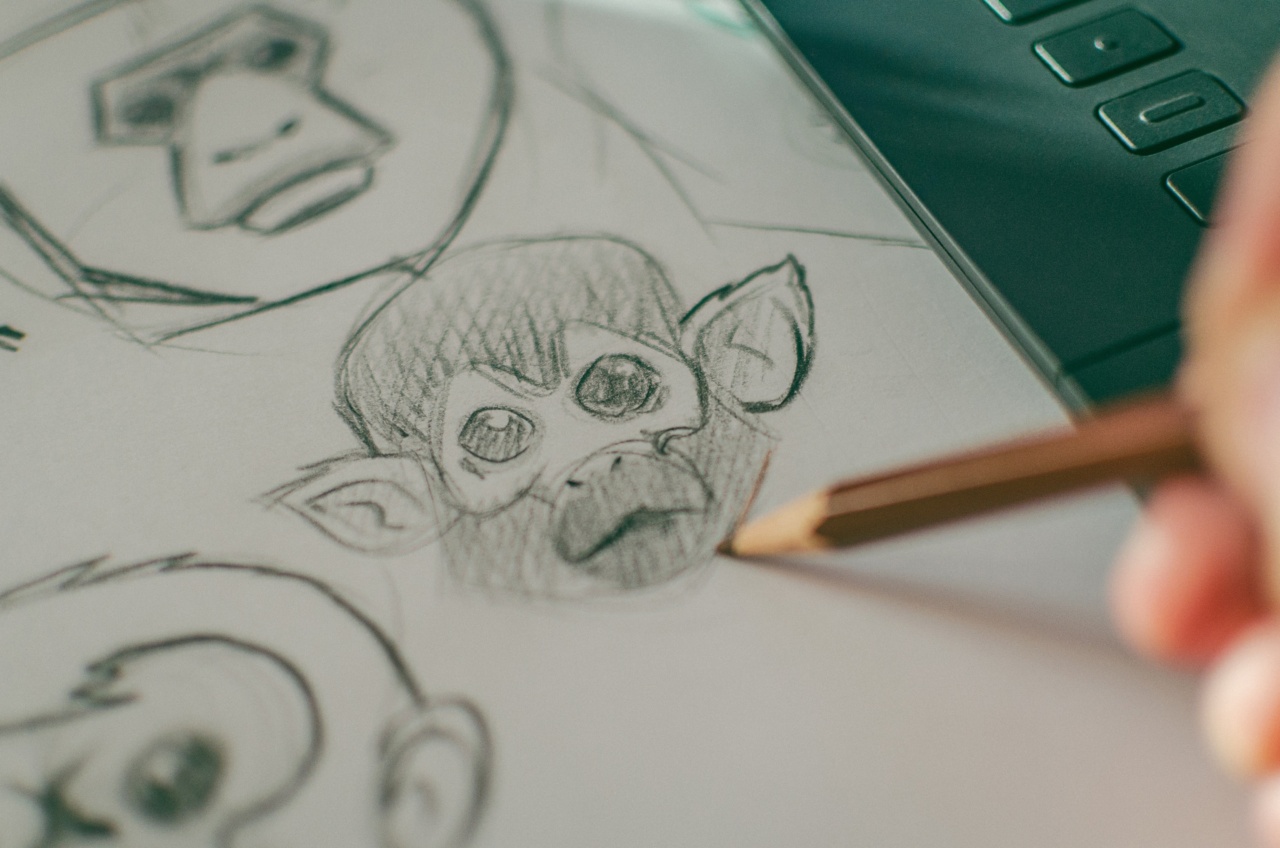In a groundbreaking scientific achievement, researchers have successfully created embryos that contain a combination of human and monkey cells for the first time ever.
This breakthrough study has the potential to revolutionize our understanding of human development, genetic diseases, and organ transplantation.
The Controversial Experiment
The research project, led by a team of scientists from the Salk Institute for Biological Studies in the United States and the Murcia Catholic University (UCAM) in Spain, utilized a technique called chimerism.
Chimerism involves introducing human stem cells into non-human embryos, resulting in the development of embryos with a mix of cells from both species.
The scientists injected human pluripotent stem cells into embryos of Macaque monkeys, a primate species closely related to humans.
These stem cells have the remarkable ability to develop into any type of cell in the human body, making them a valuable tool for studying diseases and potential therapies.
Findings and Implications
The study confirmed that human cells could integrate and grow together with monkey cells, forming a type of human-monkey hybrid entity.
The researchers observed that the injected human cells contributed to different organs’ development, such as kidneys, heart, liver, and lungs, among others, in the chimeric embryos. This result opens up new avenues for studying human organ development and could potentially lead to new treatments for genetic diseases.
One of the primary advantages of this study is the possibility of using these chimeric embryos to grow human organs suitable for transplantation.
Currently, there is a severe shortage of organ donors, and many patients die while waiting for a compatible organ. If scientists can use chimeric embryos to create human organs in animals like monkeys, it could provide a viable solution to this problem.
However, this breakthrough also raises significant ethical concerns and prompts the need for careful consideration.
Critics of the study argue that it blurs the line between humans and animals, leading to a “slippery slope” of unethical experimentation. There is also concern about the potential for the human cells to contribute to the development of the monkey’s brain, resulting in increased cognitive abilities in these animals.
Ethical and Legal Considerations
As the study involved the creation of chimeric embryos, it sparks a debate on the ethical implications of such experiments.
Bioethicists and lawmakers must grapple with questions surrounding animal welfare, potential human-animal hybrids, and the moral status of these embryos.
Many countries already have varying regulations regarding the use of human embryos for scientific research. However, the rules and guidelines for research involving chimeric embryos explicitly are not as well-established.
The scientific community and policymakers face the challenge of balancing scientific advancement with societal, ethical, and moral concerns.
Future Directions
Building on this groundbreaking study, researchers aim to refine the technique and further investigate the potential applications and implications of human-monkey chimeras.
For instance, they want to study the long-term effects of introducing human cells into animals and understand how these cells interact with the host organism.
Additionally, international collaboration and guidelines will be essential for the responsible progression of this research.
The scientific community must engage in ethical discussions and ensure transparency and public trust in such groundbreaking studies.
Conclusion
The production of embryos containing cells from both humans and monkeys is a remarkable scientific achievement that holds immense potential for advancing our knowledge of human development, genetic diseases, and organ transplantation.
However, it also presents complex ethical and legal challenges that need careful consideration.






























